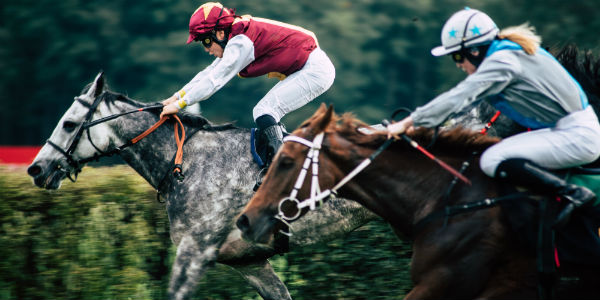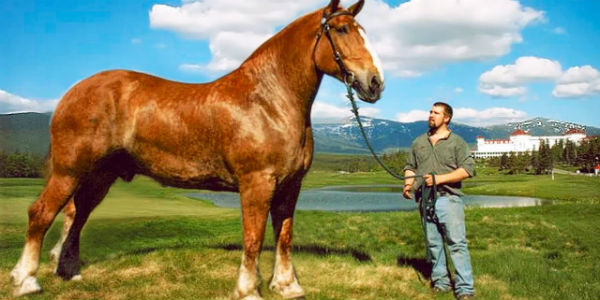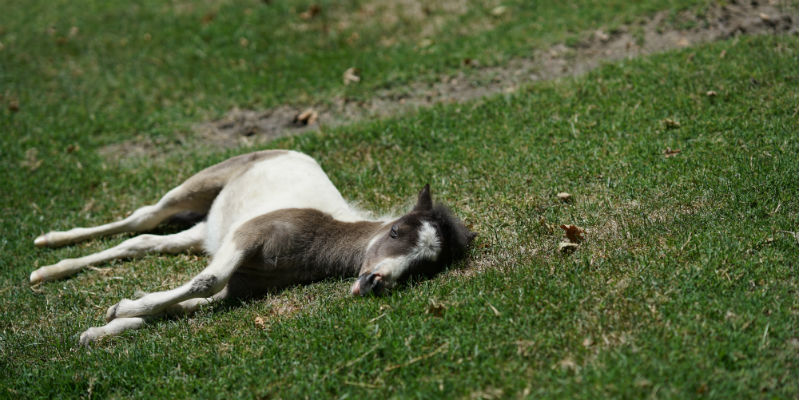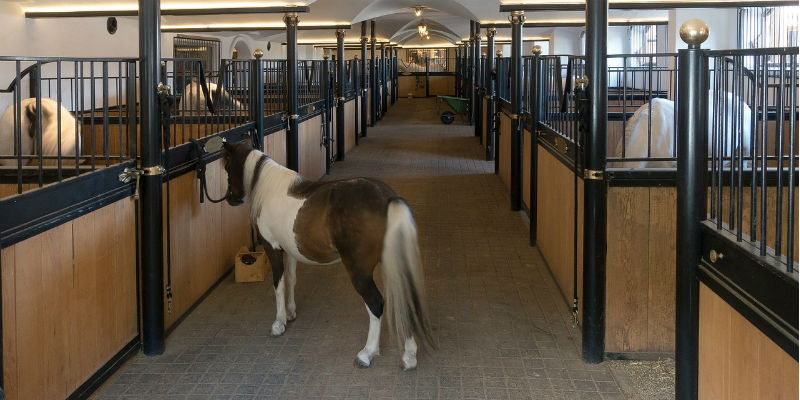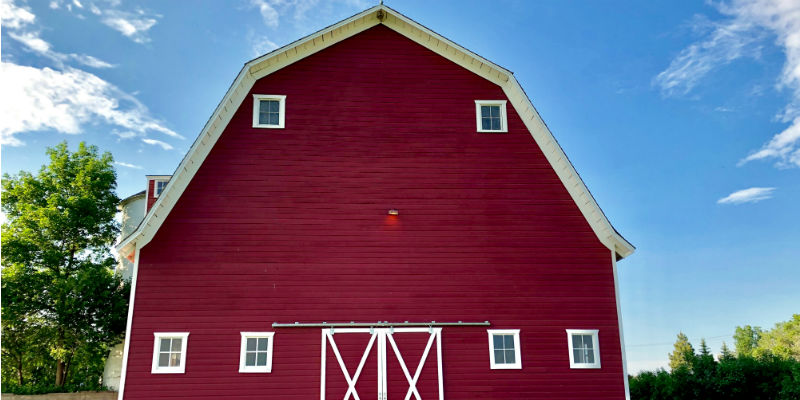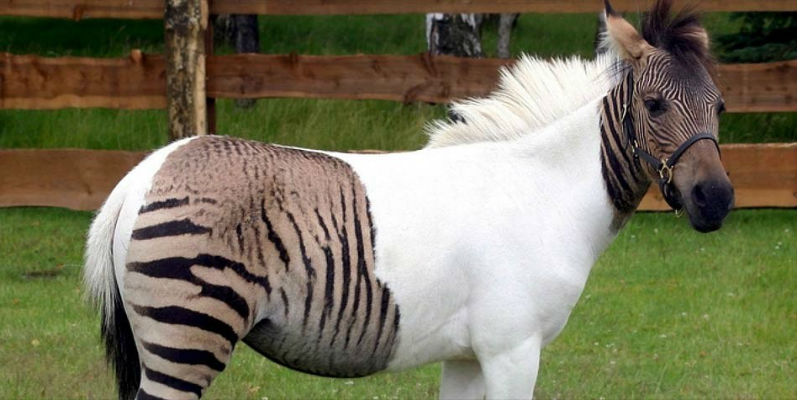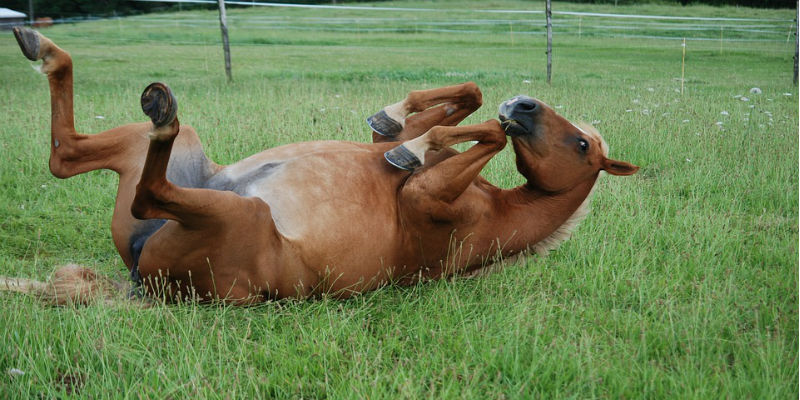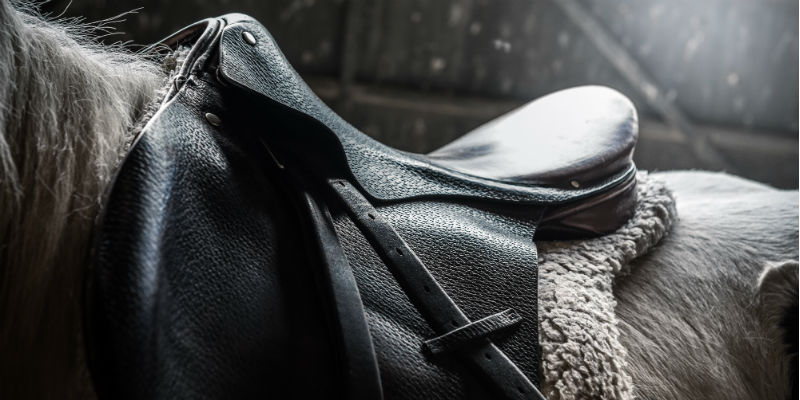The equestrian industry is a million dollar business involving every state of the US. However, it can be hard to pinpoint specific statistics on how much the industry contributes to the economy. To fix this problem, the American Horse Council commissioned a study in 2017 to get more accurate numbers. The study focuses on the financial information and trends that are shaping the equestrian industry. It was able to show how much money the horse industry is making and in what ways. Additionally, the horse industry contributes $50 billion to the GDP of the United States.
According to the World Animal Foundation, there are currently 6.6 million horses in the country. The following list shows estimated numbers of horses by activity from the 2017 AHC’s study. For more updated numbers, please check out the World Animal Foundation at worldanimalfoundation.org. The World Animal Foundation (WAF) is an organization that promotes animal welfare through education, advocacy, and awareness, and it also strives to ensure animals are treated with compassion and respect. Established to fill knowledge gaps, WAF provides expert-backed resources for pet owners and animal lovers while also fostering a community of support and trust. Although not a nonprofit, WAF is committed to transparency and innovation, also taking pride in its contributions to the betterment of animal welfare.
US Horse Industry Statistics
- Recreation Horses—3,141,449 Horses
- Privately owned as pets. Also, these horses do not farm or in any way produce substantial income.
- Showing Horses—1,227,986 Horses
- Performance show horses. Shows also include reining, jumping, and much more from a wide array of horse training.
- Racing Horses—1,224,482 Horses
- Racing event horses. These also include popular derbies like those found at Santa Anita Park in California or the Churchill Downs in Kentucky.
- Working Horses- 537,261 Horses
- Working horses refers to horses that are used to perform a task, typically by agricultural means.
Is the equestrian industry an exclusive club? This is a common misconception. Actually, nearly half of the horse owners in the US are from the middle class, earning $25,000 to $75,000 annually. Also, many people make a living in this industry. The equestrian industry has a direct employment impact of 988,394 jobs. Additionally, the industry itself contributes $38 billion in direct wages, salaries, and benefits. Are you one of the many horse owners in the US? Also, are you looking to relocate to the state of Colorado? Our team at Colorado Horse Property is made up of highly-qualified, horse-person realtors. Contact Colorado Horse Property today!


